The universe has long captivated human imagination, but it wasn’t until actual images were being made that space travel became a reality in human perception. What follows is a list containing 10 of NASA’s most groundbreaking pictures that stand as testaments to our interstellar achievements and aspirations.
10. Earthrise, 1968
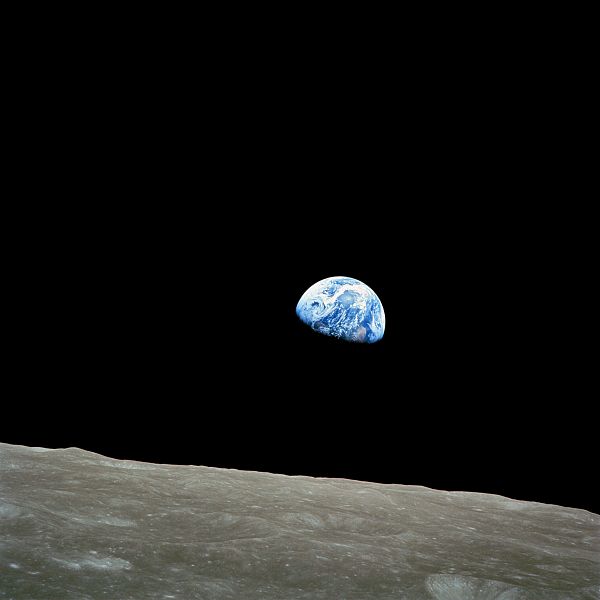
As the fourth picture of Earth to be considered one of NASA’s greatest ever photos, Earthrise was taken during the Apollo 8 mission, 1968. The endeavor was a groundbreaking event that set the tone for mankind’s eventual landing on the moon. This image was taken while the crew of the Apollo orbited the moon during Christmas time. Their public broadcast on Christmas Eve was the highest viewed television program at the time. The mission was meticulously documented, including the audio track of when the “Earthrise” picture was taken. Listening to the audio while looking at the picture provides a clear imprint of the awe these guys felt when documenting this event. As you listen, try to wipe clean the desensitized characteristic of a generation diluted by pop culture and cookie cutter music. Back when “Earthrise” was taken, people still knew how to dream. Like the original “Blue Marble” picture, “Earthrise” inspired environmental activists to fight for preservation of a vulnerable Earth.
9. The Blue Marble
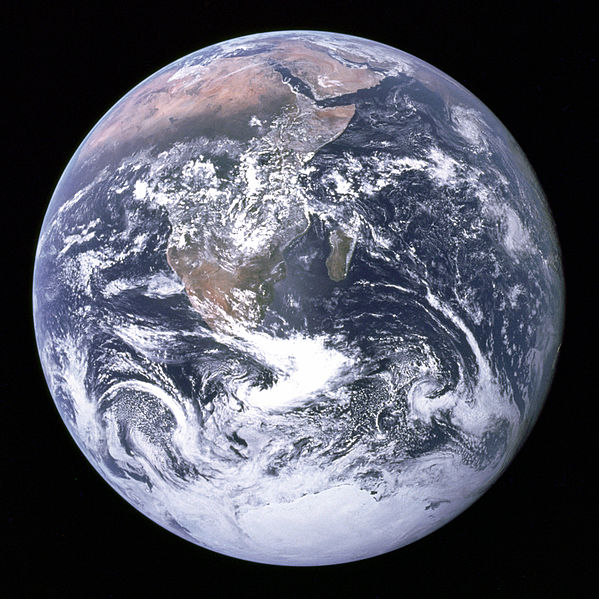
There have been updated versions and variations of this image through the years (one other makes the list), but this original was taken December, 17, 1972 by the crew of Apollo 17. This photo quickly gained authority through the presence of Antarctica—it was the first time that the path of an Apollo mission allowed for the frozen continent to be featured in a picture taken from a space shuttle. Apollo 17’s trajectory kept the sun behind the spaceship and so revealed a fully illuminated Earth. Contrary to some claims, this wasn’t the first photo that encapsulated the earth. However, it was released during a movement of environmental activism. “The Blue Marble” portrayed an Earth that was not so untouchable and durable as first perceived; it looks rather fragile and weak in the midst of endless black space.
8. Blue Marble 2012
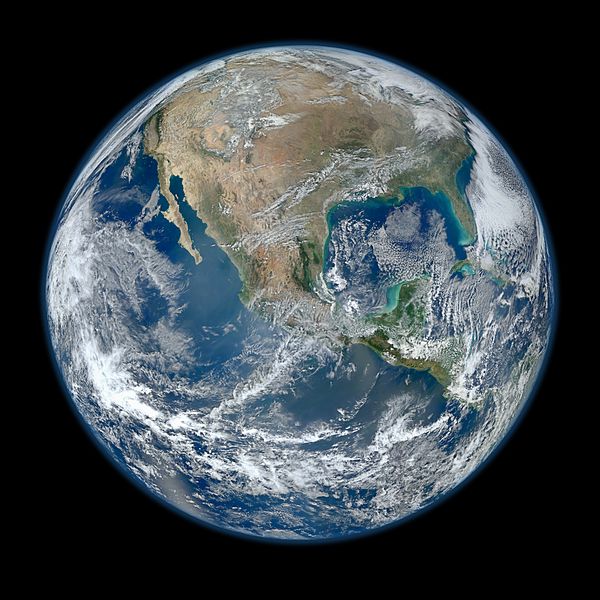
Like any great movie, “The Blue Marble” picture received its long-overdue remake forty years later. Even though the official image shows the Americas (can you blame them?), NASA was a good sport and released a sister photo of the eastern hemisphere. The difference between this picture and its predecessor is that “The Blue Marble 2012” is a composite image. What you see before you is the ultimate result of compiling data from the Suomi NPP (Suomi National Polar-orbiting Partnership) satellite. The data used for the image was a result of six full orbits of the earth and stands as one of the best quality images of Earth to this date—a feat worthy of its predecessor.
7. Black Marble
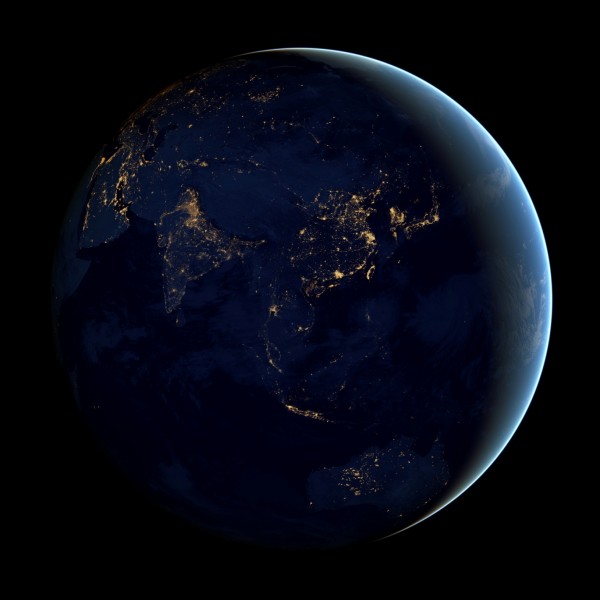
I promise this list is not the “Top Ten Pictures of Earth”, and that this will be the final “marble” picture to be featured. Like “The Blue Marble 2012”, “The Black Marble” was taken from the Suomi NPP satellite. This set of photos showed, in great detail, all of the lighting visible to the space at night. Go figure that most of it was man-made. These images serve as a stark reminder of mankind’s growing presence on the Earth. The process to produce this image was both laboriously and technically intensive. Once mastered, the techniques behind this photo have led to a variety of different photos of the Earth at night. One of the more famous variants of this night time photography of the earth was taken during Hurricane Sandy.
6. “Pillars of Creation”, 1995
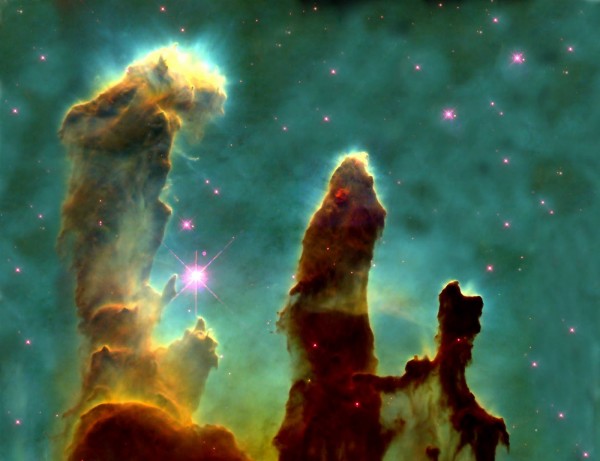
Throughout the space exploring years, NASA’s most consistent and vital utility (without a doubt) has been the Hubble Space Telescope (HST). HST should be featured on a credit card commercial documenting how much it cost (well over a billion dollars during its seven year manufacturing) to put in the air versus the pricelessness of its production. This highly sophisticated image taker has been orbiting Earth since 1990, and has returned to us some incredible photos—particularly of deep space. “The Pillars of Creation” is one of these priceless pictures that feature elephant trunks, or distinct columns of interstellar matter and gas an estimated 7,000 light years from Earth. Click here to view the Pillars’ place in the Eagle Nebula which houses an impressive array of relatively young stars. All of the Eagle Nebula’s stars were generated from the same giant molecular cloud near the same time. Pictures like this one remind us that we share the Milky Way Galaxy, let alone the entire universe, with a vast menagerie of spectacles and wonderments.
5. “A Presidential Panorama of Mars”, 1997

Sadly, there were no Martians spotted when “A Presidential Panorama of Mars” was taken. Perhaps if there were then people would have treated it less as a curiosity and more like the truly groundbreaking mission it represented. Still, it showed that space exploration could still capture the popular imagination—even if just for a little while. As you can see here, NASA took great care in the detailing of this photo, including the naming of nearby rocks, like the one being poked at by the Sojourner Rover. That is Yogi. This 360 degree view is what a man would have seen had he landed on the planet instead of the Mars Pathfinder. The mission was a great success and it expired a full two months longer than initially thought. The pathfinder lander was renamed the Sagan Memorial Station, in memory of space enthusiast Carl Sagan.
4. Challenger
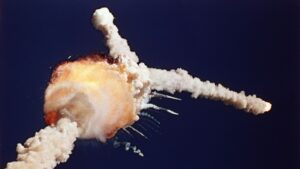
This photo of the smoke plume told the world everything they needed to know about the Space Shuttle Challenger disaster. Seven brave astronauts perished during the breakup that took place a mere 73 seconds into flight. The crash resulted in a stoppage of the shuttle program for over two and a half years. The program never really got going again as images such as this one served to disenchant the public. Humans had conquered the moon and Earth’s orbit, so the human risk (and financial investment) was no longer worth the possible discovery. The mismanagement of the Challenger disaster wounded the shuttle program fatally, an injury made worse by the Space Shuttle Columbia disaster of 2003. The program has limped along until finally being put out of its misery in 2011.
3. Jupiter’s Great Red Spot
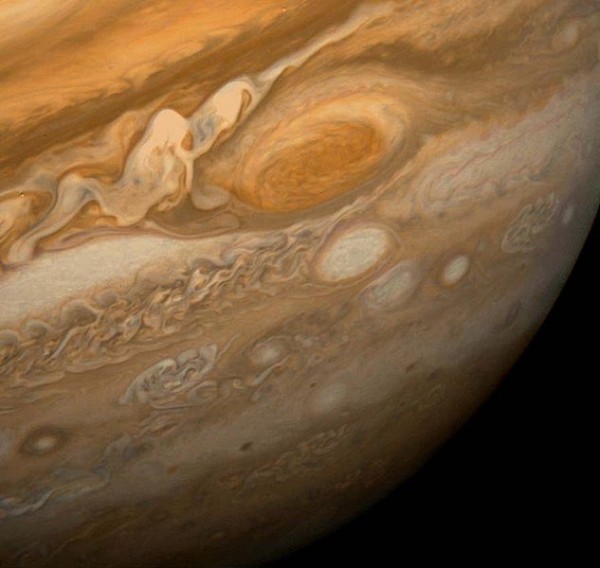
If there is one thing that this photo demonstrates is the turbulent, awesome nature of Jupiter’s atmosphere. The spots you see, including the famous Jupiter’s Great Red Spot are not anchored to any geological feature of the planet. The planetary birthmark in front of you is a persistent super hurricane, an elemental phenomenon that points to a mostly fluid planetary surface. The hurricane itself is probably as powerful as some of the worst hurricanes on earth, but even more impressive is its size: it can fit three earths. Astronomers have known about the red spot since 1665, when Italian astronomer Gian Domenico Cassini first spotted it (pun intended).
2. Hubble Ultra-Deep Field
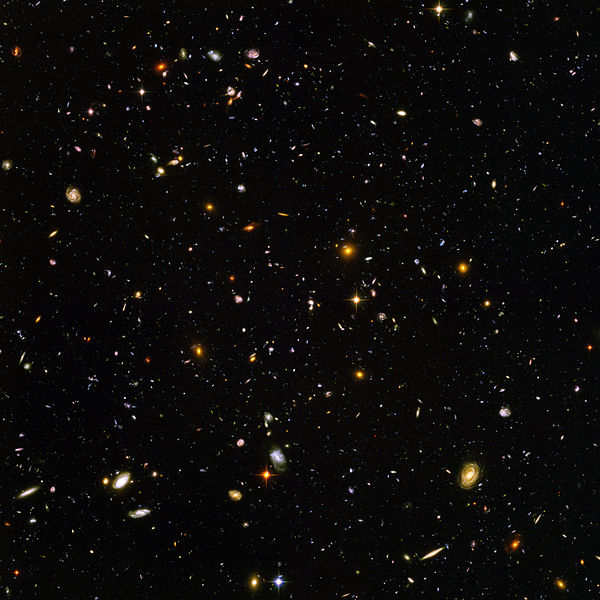
The Hubble Ultra-Deep Field image was compiled from months of data between September 2003 and January 2004. The goal of creating this image was to identify distant galaxies that originated during the initial Big Bang. A spot was selected in the Fornax constellation where there was a low amount of brightly lit stars to cause interference. The resulting image contains a mind boggling 10 thousand different galaxies within its confines. Can you count them all? This image was a precursor to Hubble’s Extreme Deep Field image that shows the 13.2 billion year old galaxies in higher definition (the Big Bang happened an estimated 14 billion years ago).
1. Apollo 11 ‘Visor Image’
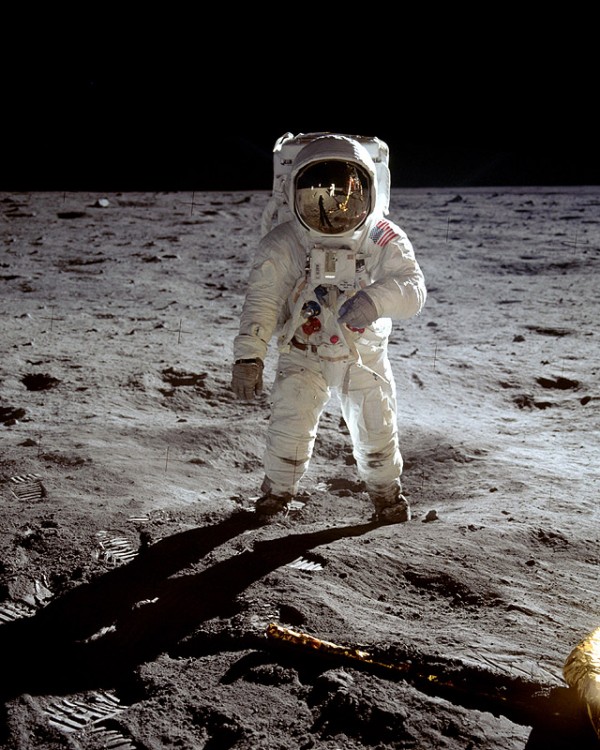
That is one small photo by a man, one giant photo taken for mankind. Buzz Aldrin, the second man to set foot on the moon, poses while Neil Armstrong uses Buzz’s visor as a mirror in order to take a picture of himself. In all seriousness, this photo encompasses two of the bravest men to ever grace our planet. Men who risked life and limb for scientific advancement and who inspired a generation of space seekers worldwide. This photo is considered the best to have been taken during the mission, and will continue to live on as an inspiration to scientific imagination.
Leave a Reply